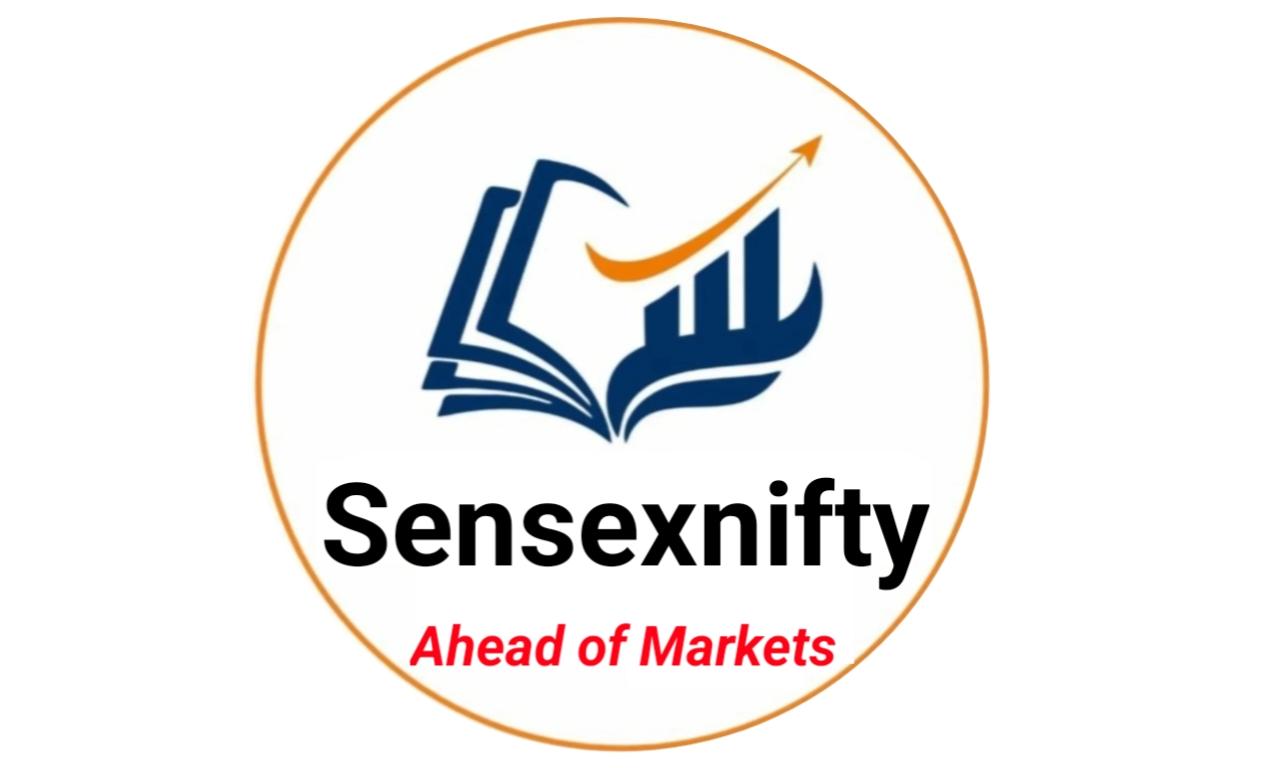
India’s fuel prices might see some relief soon, as Union Minister for Petroleum and Natural Gas, Hardeep Singh Puri, hinted at a possible reduction in petrol and diesel prices—provided crude oil prices remain stable. In a recent statement, the Minister clearly mentioned that if crude prices stay at current levels, there is a scope for a price cut in the next quarter.
The Inflation Equation: How Fuel Prices Matter
Fuel prices play a critical role in controlling inflation. Two key economic indicators influence market performance—GDP growth and inflation levels. While GDP reflects economic health, inflation has a direct bearing on consumer prices and corporate expenses.
Inflation is heavily impacted by fuel prices, especially crude oil, which determines the cost of petrol and diesel. Even for individuals who do not own vehicles, fuel prices impact daily life—through transportation costs that are embedded in the prices of groceries and consumer goods. A decrease in fuel prices would therefore ease inflationary pressures across the board.
Crude Oil and Government Strategy
The global crude oil market is volatile. Prices often fluctuate based on geopolitical developments, economic indicators, and supply-demand dynamics. Recently, crude prices spiked from around $60 to nearly $85 per barrel unexpectedly, demonstrating the unpredictability of the commodity.
However, the Indian government does not immediately pass on such fluctuations to consumers. Instead, it follows a strategic approach, adjusting fuel prices in a more controlled manner to avoid shocks to the economy.
Minister Hardeep Singh Puri's recent statement was clear but cautious. He said that if crude oil remains stable—between $65 and $70 per barrel—through the rest of Q2 (July to September), the government may consider reducing fuel prices in Q3. The current average price range supports this expectation, but he made it clear that this is not a guaranteed move—only a possibility based on future market conditions.
Why This Matters for the Stock Market
The potential cut in petrol and diesel prices is more than just consumer-friendly—it can be market-positive. Lower fuel costs reduce transportation expenses, which improves the bottom line for companies, especially those in logistics, FMCG, manufacturing, and delivery-based sectors. This directly enhances profit margins, even if top-line revenues remain constant.
Moreover, lower fuel prices help in controlling inflation, which could further enable the RBI to maintain or cut interest rates, supporting economic growth and consumption.
Uncertainty Remains
While the outlook is optimistic, the situation remains uncertain due to global factors. With nearly 75 days still left in Q2, any geopolitical tension—such as actions by former US President Donald Trump or other global economic shocks—can affect crude oil prices. If crude jumps above $70 significantly, the planned reduction may not materialize.
As of now, the possibility of a fuel price cut in India is dependent on the stability of global crude oil prices. If prices stay around $65–$70 until the end of September, the government may act in the next quarter. This would be a positive development for both consumers and businesses and could set the stage for a more inflation-friendly, growth-oriented environment in the Indian economy.




